Photographs: Parivartan Sharma/Reuters Suheil Murgai and Arushi Thakur
The future of sustainable transportation in India lies in developing electric vehicles across transit automobile segments.
Public transport is very crucial for a nation as it provides access to employment, community resources, medical care and recreational opportunities.
In India, the percentage of inter-city trips served by public transport is dependent on the city's population - it is 30 per cent for cities with population between 1-2 million, 42 per cent for cities with population between 2- 5 million, and 63 per cent for cities with population over 5 million.
India's urban population is expected to cross 600 million by 2030. Hence, it is important for cities to have effective public transport systems.
In order to improve the urban public transport infrastructure and fill gaps, an estimated investment of $30 billion will be required in the 11th Plan and about $97 billion over next 20 years.
...
Why India needs to focus on e-vehicles for public transport
Image: A model sits of Hero Electric's two-wheeler.Photographs: Courtesy, Hero Electric
Electric vehicles are a perfect fit in this scenario. Now that the National Electric Mobility Mission Plan 2020 has been implemented, prominent manufacturers are already planning on launching electric cars.
Under this mission, the government plans to invest around Rs 14,000 crore (Rs 140 billion) in the next eight years.
Electric two-wheelers are already popular with the likes of Hero and BSA Motors having specific offerings. However, there is a need to look beyond cars and two-wheelers and introduce electric three-wheelers and buses.
Production of three-wheelers in India has doubled in the past eight years to reach approximately 870,000 units in 2012. This is mainly because most cities adopted CNG-based three-wheelers to reduce emission levels.
On average, three-wheelers in metros have a daily run of 120 km, with an average trip length of 8 kilometres, making it suitable for an electric prototype.
...
Why India needs to focus on e-vehicles for public transport
Image: Commuters disembark from a Namma Metro train at an elevated station in the Indira Nagar area of Bangalore.Photographs: Vivek Prakash/Reuters
Electric tuktuks have been introduced in Netherlands, UK and Italy. In India, Bajaj Auto and Mahindra had launched electric three-wheelers in 2002, but due to challenges with the lead-acid battery, they had combined sales of 1,500 units only.
In future, it will be important to develop electric three-wheelers with robust designs and lithium ion batteries to ensure that they succeed in the market.
As for buses, since electric vehicles run shorter distances, these could be introduced on smaller routes in a city.
Tata Motors and Ashok Leyland have developed CNG-electric hybrid buses, which were commercially launched in Delhi during the Commonwealth Games. Such buses can be introduced as feeder buses to Metro stations and airports.
In Delhi, for instance, there are 120 Metro feeder buses, which run about 100km a day. The government plans to launch feeder buses in new routes as well as other metro cities. It should explore the possibility of introducing electric buses on these routes.
...
Why India needs to focus on e-vehicles for public transport
Image: The pictogram of an electric car is painted on a parking space.Photographs: Vincent Kessler/Reuters
The mission also proposes various other initiatives for electric mobility, like subsidies to consumers and manufacturers of electric vehicles.
Steps should be taken by the state and central governments to build up the infrastructure - a budget of Rs 900 crore (Rs 9 billion) has been allocated towards research and development and testing infrastructure.
The Municipal Corporation of Delhi is planning to set up charging stations in parking lots by 2013 end.
It is essential that a network of charging stations be developed for smooth operation of electric vehicles. Charging stations mainly require a parking spot along with the charging unit - a socket and an extension cord.
In Bangalore, some malls have charging points in parking lots where vehicles can be charged at no additional cost.
...
Why India needs to focus on e-vehicles for public transport
Photographs: Reuters
Most mall operators are willing to reserve space for electric vehicles and as a value-added service. However, technologically advanced recharging points are needed for high speed charging.
Implementation of smart cities would also boost the growth of electric vehicles. Since smart cities promote energy-efficient facilities with networking function for public transport and personal vehicles, they would include environmentally friendly technologies.
Globally the concept of 'Mobility on Demand' is becoming popular in smart cities where a fleet of lightweight electric vehicles are placed at charging stations throughout the city and these can be used by commuters. Such niche vehicles should also be part of the Indian smart city planning.
Last mile connectivity is increasingly becoming popular where vehicles like three-wheelers, mini feeder buses, taxis and shared auto-rickshaws are extremely relevant.
...
Why India needs to focus on e-vehicles for public transport
Photographs: Reuters
In some metros, three-wheelers offer point-to-point connectivity between railway stations and important commercial centres to select localities. Introducing electric alternatives in these segments will be a cost-effective logical idea.
Government should encourage manufacturers in this sector to launch electric vehicles as prototypes in specific cities.
The pilot testing should be done to understand the suitability of these vehicles for the Indian market.
Public-private partnership should be promoted to ensure that the venture is successfully implemented.
The Atal Indore City Transport Services Ltd is one such partnership that has expanded Indore's transit system to 225 buses and doubled capacity to 220,000 daily trips.
...
Why India needs to focus on e-vehicles for public transport
Photographs: Reuters
Various models of operation should be explored, however point-to-point connectivity solutions could be executed initially for electric vehicles till the charging infrastructure is well developed.
Another significant factor for positive market receptivity would be training of the owners and drivers of the electric three wheelers and buses.
Safety standards and procedures should be clearly defined for charging and battery handling. For instance, electric vehicles should not run if the battery is partially charged, however drivers might tend to overrun the vehicle leading to additional damage in the long run.
In India, it is very important that knowledge should be imparted on preventive maintenance of the vehicles.
Suheil Murgai is Associate Director, Ipsos Business Consulting
Arushi Thakur is Manager, Ipsos Business Consulting


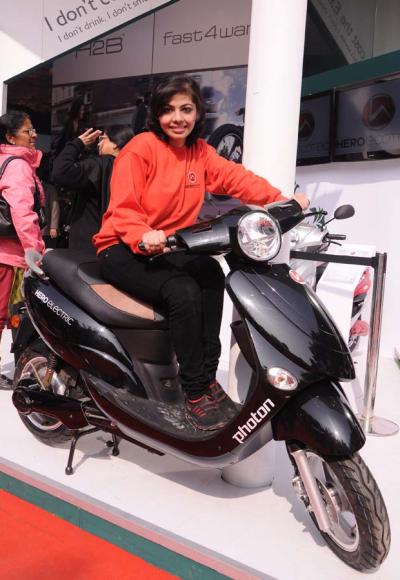
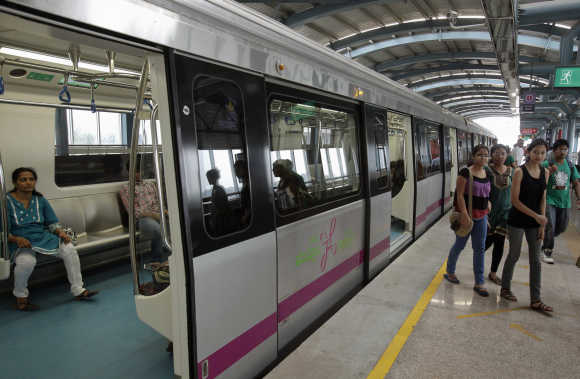
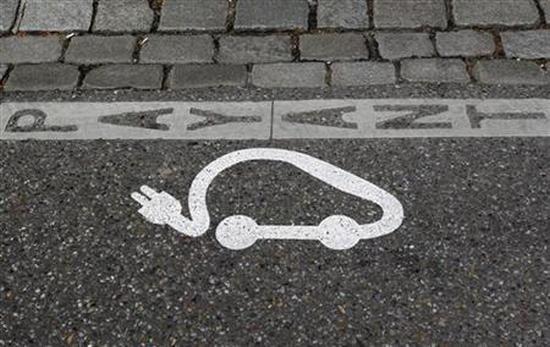
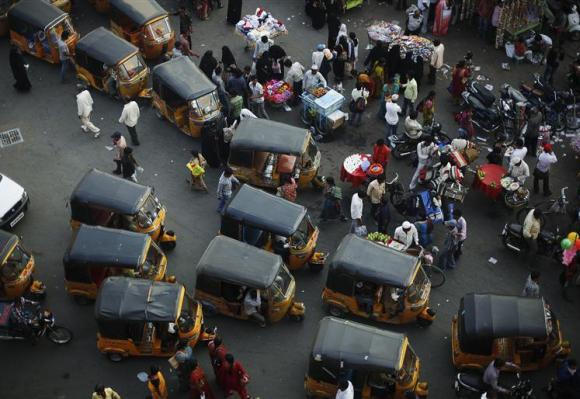
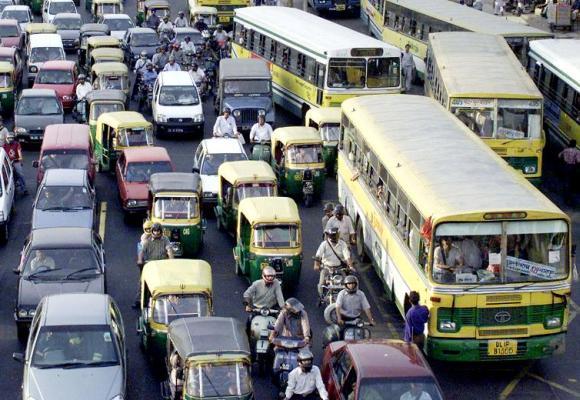
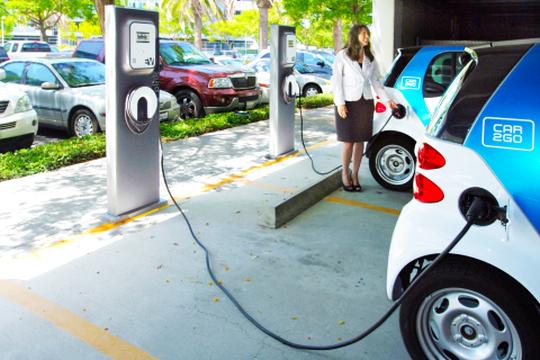

article